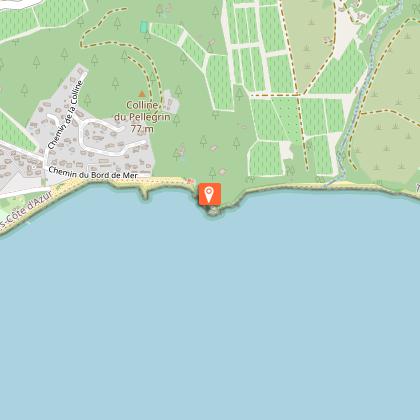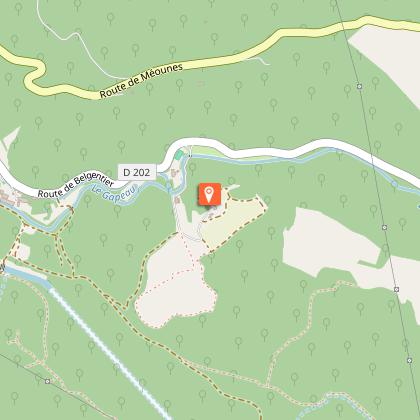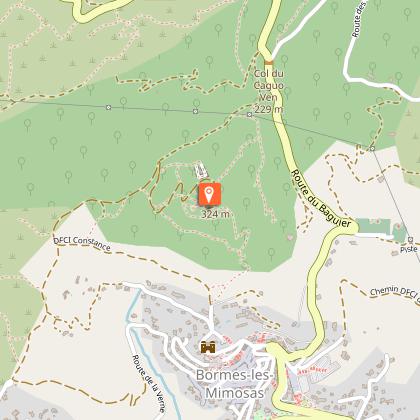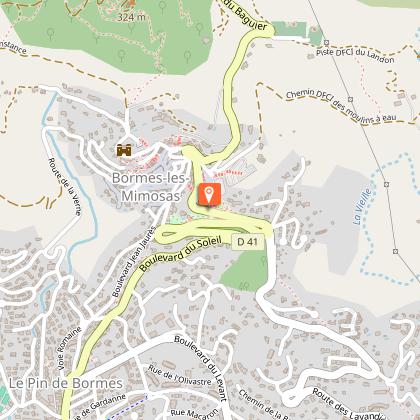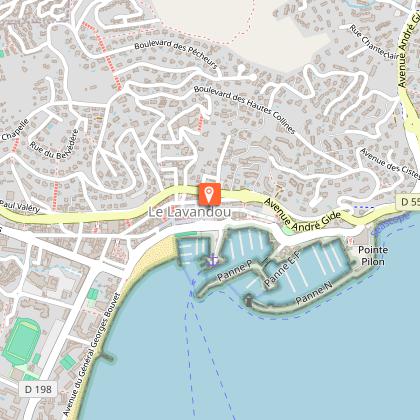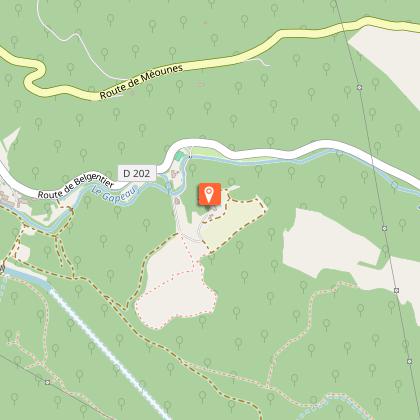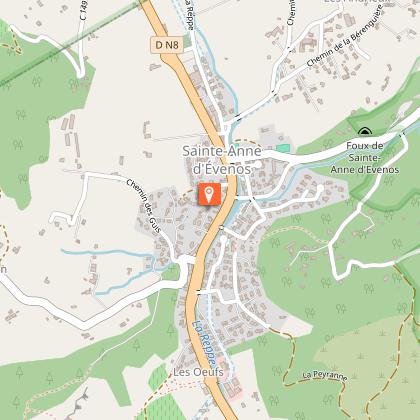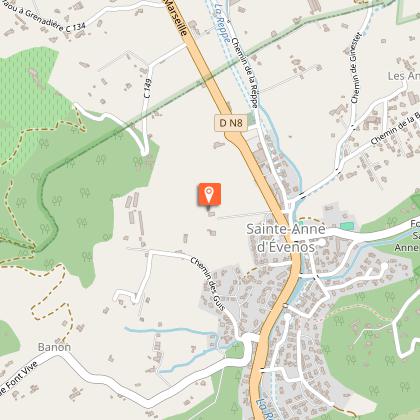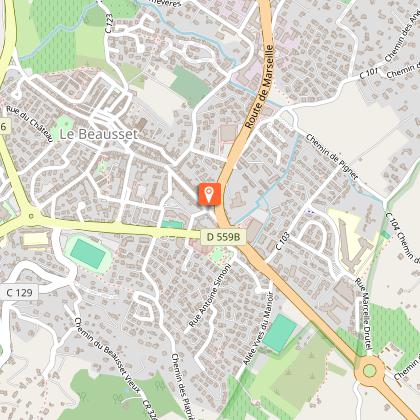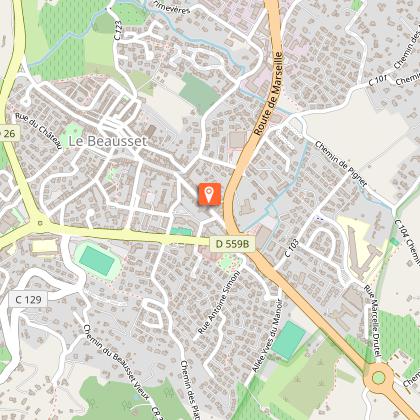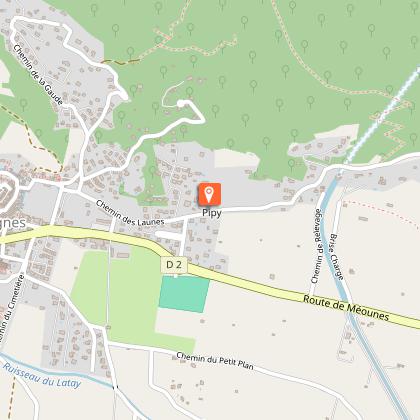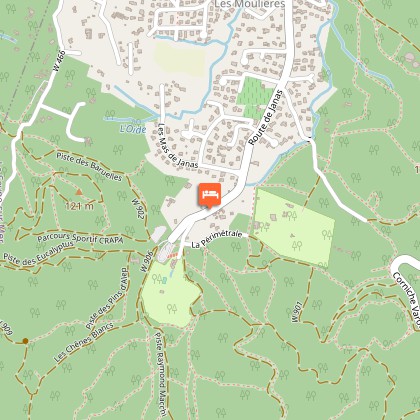Tours
Activities
Places of interest
Where to eat
Where to sleep
Nature Escape at Camping Manjastre in Bormes-les-Mimosas
Are you the owner?Welcome to Camping Manjastre, where every moment is an adventure in the heart of Bormes-les-Mimosas, Var. Discover the charming flower-filled town, known for its picturesque streets and stunning views. Nearby, embark on a hike along the coastal path to admire hidden coves and idyllic beaches. The Fort de Brégançon, the presidential residence, offers a fascinating dive into the region's history. Do...See more
Walking around CAMPING MANJASTRE
See more suggestionsWalk through the natural landscapes of CAMPING MANJASTRE.
See more suggestionsWhat to do in CAMPING MANJASTRE
See more suggestionsFind bookable activities in CAMPING MANJASTRE for an unforgettable experience.
See more suggestionsIGN cards

3446ET - LE LAVANDOU PARC NATIONAL DE PORT-CROS - CORNICHE DES MAURES
Editor : IGN
Collection : TOP 25 ET SÉRIE BLEUE
Scale : 1:25 000
13.90€

VEL06 - LE VAR A VELO
Editor : IGN
Collection : DECOUVERTE A VELO
Scale : 1:110 000
9.10€

TOP100D83 - VAR TOULON FRÉJUS MASSIFS DES MAURES ET DE L'ESTEREL PARC NATUREL RÉGIONAL DU VERDON
Editor : IGN
Collection : TOP 100
Scale : 1:100 000
8.40€

D83 VAR
Editor : IGN
Collection : CARTES DÉPARTEMENTALES IGN
Scale : 1:150 000
5.90€

D06 ALPES-MARITIMES
Editor : IGN
Collection : CARTES DÉPARTEMENTALES IGN
Scale : 1:150 000
5.90€

NR16 PROVENCE-ALPES-CÔTE D'AZUR
Editor : IGN
Collection : CARTES RÉGIONALES IGN
Scale : 1:250 000
6.80€

EUROPE
Editor : IGN
Collection : DÉCOUVERTE DES PAYS DU MONDE IGN
Scale : 1:2 500 000
7.00€
What to visit in CAMPING MANJASTRE
See more suggestionsStroll through the historic districts of CAMPING MANJASTRE.
See more suggestionsWhere to eat in CAMPING MANJASTRE
See more suggestionsRestaurants in CAMPING MANJASTRE offer a variety of cuisines.
See more suggestionsWhere to sleep in CAMPING MANJASTRE
See more suggestionsBook your stay at one of CAMPING MANJASTRE's accommodations.
See more suggestions










